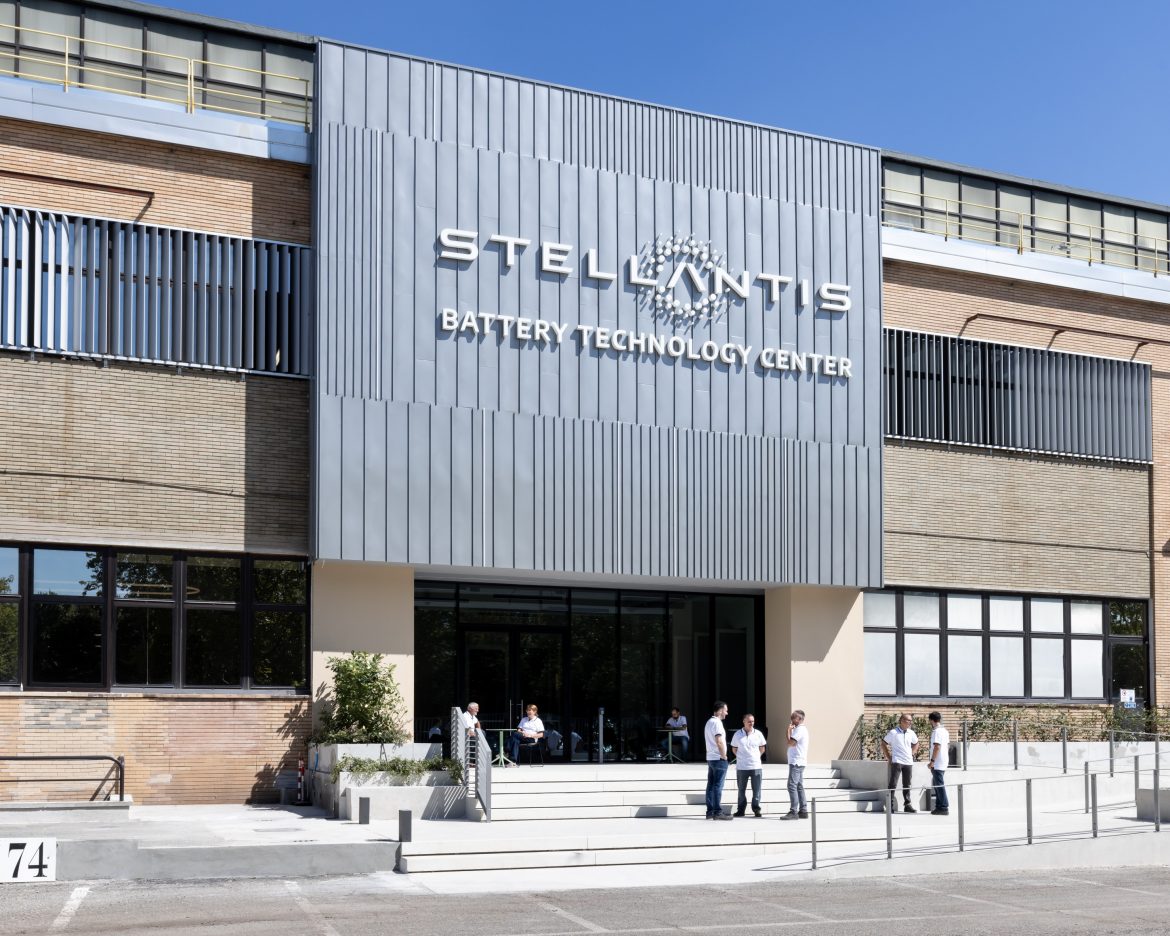Stellantis, the automotive giant formed through the merger of PSA Group and Fiat Chrysler Automobiles, is contemplating leveraging technology from its Chinese affiliate, Leapmotor, to produce electric vehicles (EVs) in regions like Europe, North America, and other potential markets. Chief Executive Carlos Tavares revealed this strategic move, aimed at competing with the rapidly growing Chinese EV market while offering competitively priced models to consumers.
Exploring global expansion
Tavares expressed the possibility of assembling Leapmotor EVs within Stellantis’ operational “bubble,” citing potential locations such as Europe or North America. This move aligns with the company’s broader strategy to adapt to market demands and regulatory pressures, especially as Western governments may consider restrictions on Chinese exports in the future.
Reports suggest that Stellantis is evaluating Italy as a potential manufacturing hub for Leapmotor EVs, indicating the company’s openness to leveraging its existing production facilities. Tavares emphasized that no country with a Stellantis plant would be excluded from consideration for manufacturing these EVs, underscoring the company’s commitment to utilising its global footprint effectively.
Facing cost pressures and market realities
During a videoconference, Tavares highlighted the intensifying pressure to reduce electric vehicle costs, indicating that this trend would likely drive consolidation within the global automotive industry. While dismissing rumours of significant deals under discussion, Tavares emphasised Stellantis’ focus on addressing existing challenges and opportunities in the market.
Acknowledging the competitive advantage of Chinese EV makers, Tavares stressed the importance of achieving economies of scale to remain competitive. He speculated that the industry could see a consolidation down to as few as five major automakers, driven by the need to match the cost efficiencies of rising Chinese competitors like BYD.
Challenges in EV adoption
Tavares underscored the necessity for automakers to bridge the pricing gap between electric vehicles and internal combustion engine (ICE) vehicles while ensuring profitability. He noted that Chinese EV makers currently enjoy a significant production cost advantage over Western automakers, making it imperative for the industry to innovate and adapt to market dynamics.
Despite potential tariff protections, Tavares expressed scepticism about their effectiveness in levelling the playing field. He also highlighted the implications of Chinese automakers establishing manufacturing facilities in Mexico, suggesting that such developments could impact regional trade dynamics and labour markets.
As Stellantis navigates the evolving landscape of the automotive industry, its strategic considerations regarding Leapmotor technology reflect a broader trend towards global collaboration and innovation in the electric vehicle sector. The company’s willingness to explore partnerships and expand its production capabilities underscores the importance of agility and adaptation in an increasingly competitive market environment.



